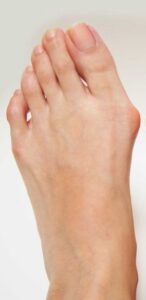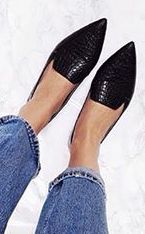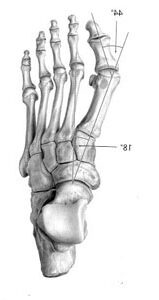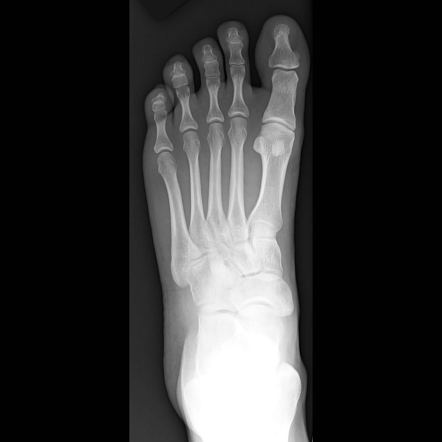This page is very much under construction…please check back later.
Bunions: Prevention and Management
One of the most common foot issues we see are bunions. Notice, the big toe drifting toward the second toe and the bump on the inside of the foot.
 Most of our clients believe their bunions are either due to poor choices in footwear or heredity. We agree with the former — yes, forcing your foot into a shoe that basically deforms your foot is perhaps not the best idea.
Most of our clients believe their bunions are either due to poor choices in footwear or heredity. We agree with the former — yes, forcing your foot into a shoe that basically deforms your foot is perhaps not the best idea.

However, we aren’t so sure about the heredity piece of the puzzle. There is no one explanation for all bunions, but most bunions result from biomechanical strategies! Wait..what? Yes, you read that right: we believe most bunions are the result of a strategy, albeit an unconscious one…a strategy that in fact serves a purpose.
Bunion geek out (Defining the problem)
Let’s pick this apart a little…you know how we LOVE to geek out!
ToUpdate: What Causes Most Bunions We See Video
Below you see an x-ray of a “normal” foot (NOTE: it is nearly impossible to find an x-ray of a normal foot!!!) next to an anatomical illustration of a foot skeleton with a bunion. What do you notice? Perhaps you see blah blah blah


Problem solving — a plan!
No that you understand the “why” — i.e. how your bunion might be caused by a strategy to decelerate your foot pronation — it’s time to explore the “what” and “how.” As in: what the heck can I do about it? And how the heck do I do it?
What to do?
- Manual Mobilization: Ultimately, we want to retrain your brain to use a more optimal movement pattern (fix the garage door opener), so you are no longer stuck in pronation, and your talus is no longer tipping and rotating inward (everting and internally rotating), so your first metatarsal no longer needs to spread away from the rest of the foot to stop the talus from tipping and rotating inward, which causes your big to to snuggle up to the second toe…but before we can fix the garage door opener, we need to get the rust out of the parts.
- Pronate better: Perhaps somewhat counter-intuitively, if you are stuck in pronation, you need to take your pronation to the next level blah blah blah — explain why we pronate more to get out of being stuck in pronation
- Pronate with an emphasis on blocking the first metatarsal from moving away from the rest of the foot, and encouraging it to join its fellow metatarsal bones, opening up the joint space.
- Transition better: Once you can pronate enough to trigger the “change of direction” signaling to your brain, the next step is to give your brain an experience of the bones moving out of pronation and into supination.
Bunion Manual Mobilization
Restore Healthy Pronation
ToUpdate: Link to Receive Your Mass page
Transition — Restore the ability to transition your foot from pronation to supination
You will need three wedges: 2 small and one large. Alternatively, you can use a few socks or washcloths.
Half kneeling Re-supination
What is Pronation – Supination


Problem solving — a plan!
No that you understand the “why” — i.e. how your bunion might be caused by a strategy to decelerate your foot pronation — it’s time to explore the “what” and “how.” As in: what the heck can I do about it? And how the heck do I do it?
What to do?
- Manual Mobilization: Ultimately, we want to retrain your brain to use a more optimal movement pattern (fix the garage door opener), so you are no longer stuck in pronation, and your talus is no longer tipping and rotating inward (everting and internally rotating), so your first metatarsal no longer needs to spread away from the rest of the foot to stop the talus from tipping and rotating inward, which causes your big to to snuggle up to the second toe…but before we can fix the garage door opener, we need to get the rust out of the parts.
- Pronate better: Perhaps somewhat counter-intuitively, if you are stuck in pronation, you need to take your pronation to the next level blah blah blah — explain why we pronate more to get out of being stuck in pronation
- Pronate with an emphasis on blocking the first metatarsal from moving away from the rest of the foot, and encouraging it to join its fellow metatarsal bones, opening up the joint space.
- Transition better: Once you can pronate enough to trigger the “change of direction” signaling to your brain, the next step is to give your brain an experience of the bones moving out of pronation and into supination.
